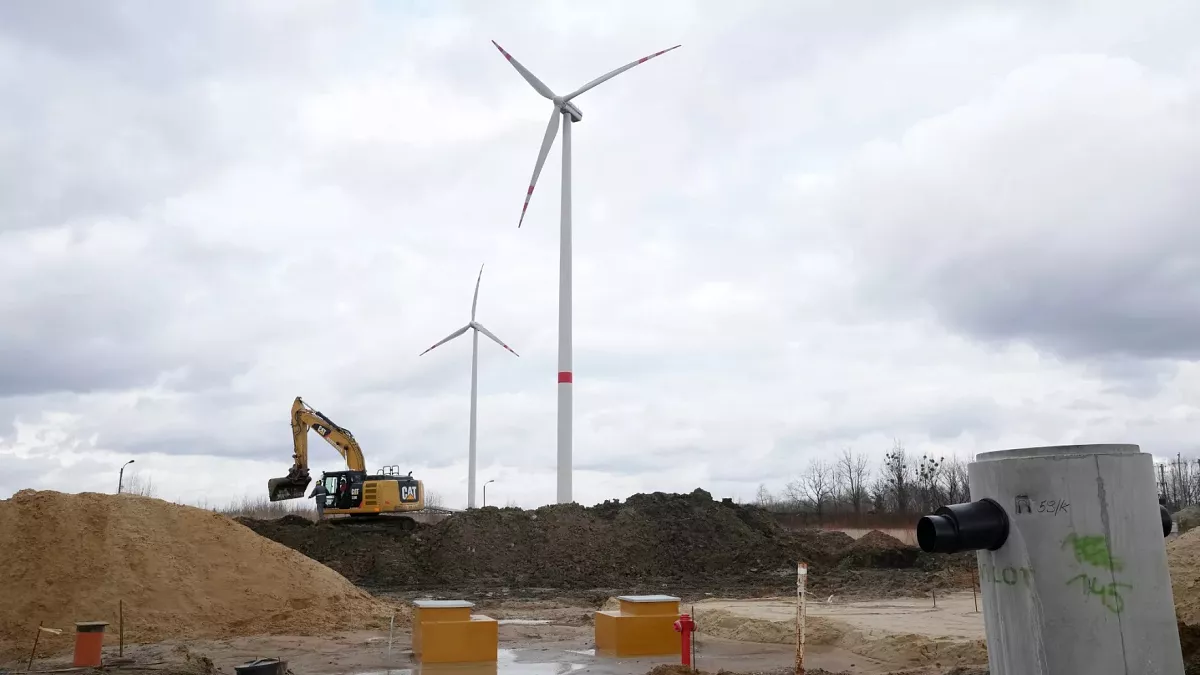Electrification of the energy sector is emerging as a pivotal factor in the transition from fossil fuels to renewable energy. With approximately 60% of final energy demand linked to electrification, this shift is crucial for maximizing the potential of renewable resources. As clean electricity becomes more accessible, it must replace fossil fuels in key sectors such as transportation, buildings, and industry. Currently, fossil fuels dominate these areas, supplying 95% of energy in transport, 56% in industry, and 37% in buildings.
The impact of widespread electrification extends beyond environmental benefits; it strengthens energy security. Over three-quarters of net fossil fuel imports are consumed in transport, buildings, and industry—areas ripe for electrification. By substituting imported fossil fuels with domestically generated renewable electricity, countries can reduce their reliance on foreign energy sources and enhance their energy independence.
From an economic perspective, electrification also presents substantial commercial opportunities. Households and businesses already spend trillions on energy services, creating a market ripe for electric vehicles and heat pumps. The combined market for these technologies is currently valued at three times that of wind and solar technologies, despite the latter accounting for over 90% of new global power capacity additions. Projections from the International Energy Agency (IEA) indicate that by 2035, demand-side markets will outpace supply markets by a factor of eight, highlighting the financial potential in these sectors.
Furthermore, companies involved in electrification technologies such as Tesla and BYD typically achieve double-digit profit margins, while wind and solar manufacturers operate with low single-digit margins. This profitability stems from the direct consumer engagement in the demand-side market, offering a competitive advantage.
The electrification trend is also evident in international trade, particularly in the battery market, valued at approximately $160 billion, which surpasses the combined trade value of wind and solar technologies at around $68 billion. The market for electric motors adds another layer of economic opportunity, with exports reaching $72 billion. However, much of the supply chain for electrification remains underdeveloped. For example, electric vehicle and heat pump manufacturing only meets 20–30% of the expected demand by 2035, indicating substantial room for growth.
For consumers, electrification translates to tangible benefits such as reduced energy costs and improved product performance. Households in the U.S. and EU currently allocate about 16% of their income to energy expenses. Electrification has the potential to save families thousands of dollars annually by decreasing transportation and heating fuel costs, which could translate to a 3–5% reduction in typical Western household income.
Beyond financial savings, electrification enhances quality of life. Electric vehicles are quieter and more convenient, while heat pumps offer efficient heating and cooling without harmful emissions. Surveys indicate that users of these technologies are satisfied and advocate for their adoption, suggesting a positive consumer sentiment toward electrification.
While renewable energy deployment has progressed globally, the pace of electrification varies significantly. Many countries have expanded their renewable electricity generation, but electrification rates have only increased marginally in most OECD nations. In contrast, Asian countries, particularly China, have made substantial strides, increasing their electrification rates by nearly 10 percentage points over the last decade.
Nations like China exemplify successful electrification strategies, achieving significant advances in both renewable energy generation and electrification efforts. China leads in the production of electric vehicles, batteries, and solar panels, capitalizing on strong domestic demand to support its industries. This internal market fosters stability and competitiveness on the global stage.
As countries with strong renewable energy foundations consider their next steps, the urgent push for widespread electrification will be critical. It not only complements renewable energy deployment but also strengthens economic competitiveness and energy security. Countries that prioritize electrification can leverage their existing renewable energy momentum to establish lasting industrial advantages in the global market.




